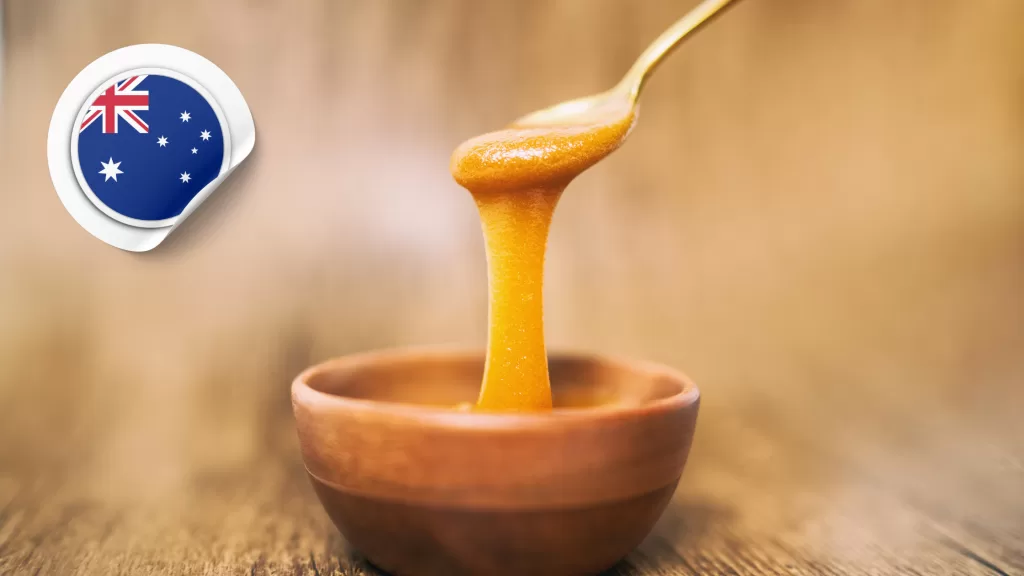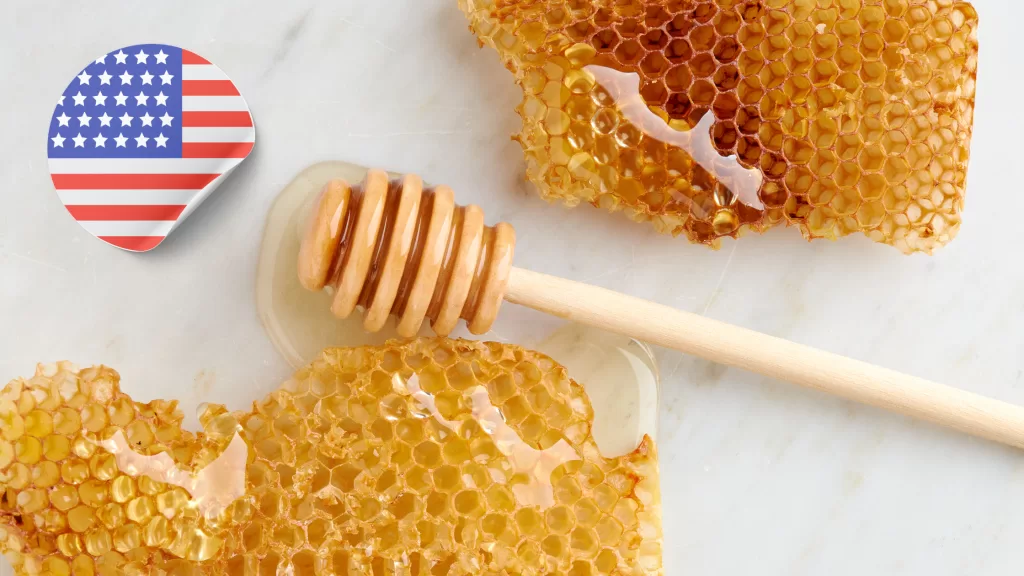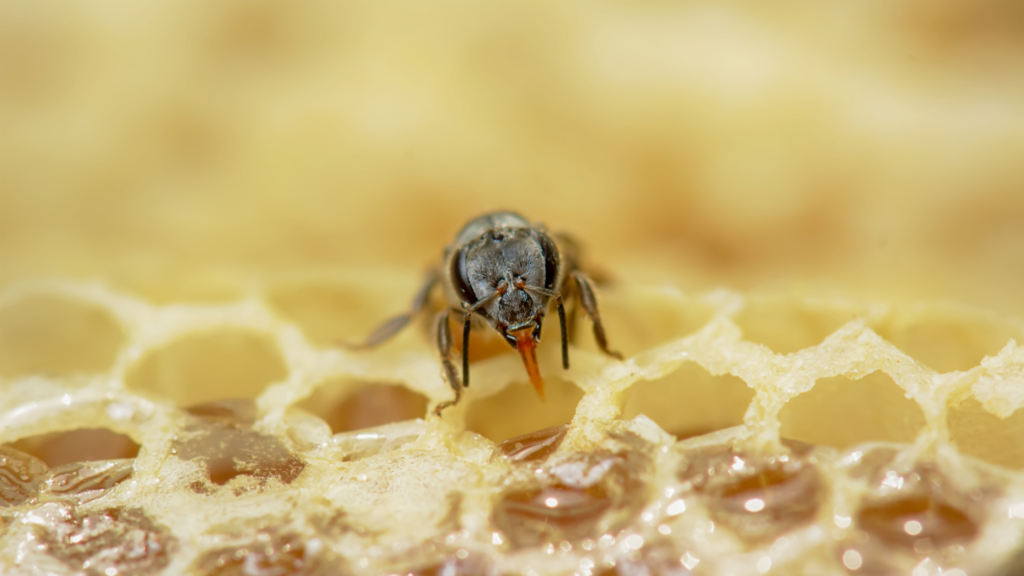Specialty Honey
Specialty Honey: Discovering Nature's Unique Nectars
Specialty honey is a treasure trove of diverse flavors, textures, and aromas that showcases the remarkable variety found in the world of honeybees. From monofloral honey derived from specific floral sources to rare and exotic varieties, specialty honey offers a captivating journey into the intricate world of honey production. In this article, we will explore the fascinating realm of specialty honey, delving into its origins, characteristics, health benefits, and culinary applications.
Specialty Honey:
Specialty honey is crafted when honeybees collect nectar from specific floral sources, resulting in unique flavors and properties. The availability of specific plants and the geographical location influence the production of specialty honey. These distinctive nectar sources can range from single flowers to rare botanical treasures found in specific regions of the world.
Specialty honey can be categorized into two main types: monofloral and polyfloral honey.
- Monofloral Honey: Monofloral honey is produced when honeybees predominantly collect nectar from a single type of flower. This results in honey with distinct flavor profiles, colors, and aromas. Examples include lavender honey, orange blossom honey, and Manuka honey.
- Polyfloral Honey: Polyfloral honey, also known as wildflower honey, is derived from a variety of flowering plants. The bees gather nectar from multiple sources, creating a rich and complex flavor that reflects the diverse floral landscape. It captures the essence of the local flora, making each batch of polyfloral honey unique.
Specialty honey showcases a wide range of characteristics that make each variety special. Here are some notable features:
- Flavor Profiles: Specialty honey boasts a spectrum of flavors, from delicate and floral to bold and robust. Each variety carries the distinct essence of its nectar source, providing a nuanced and memorable taste experience.
- Aromas: The aroma of specialty honey can be equally diverse and captivating. Some varieties exude floral notes, while others may have hints of herbs, fruits, or even earthy undertones, adding complexity to the overall sensory experience.
- Colors: Specialty honey exhibits a palette of colors, ranging from pale golden hues to deep amber or even dark brown shades. The color is influenced by the specific nectar source and the natural compounds present in the honey.
- Textures: The texture of specialty honey can vary from smooth and velvety to creamy or crystallized, depending on the specific variety. Each texture lends a unique mouth feel, adding to the overall sensory pleasure.
Specialty honey offers not only enticing flavors but also potential health benefits. While these benefits may vary depending on the floral source and processing methods, honey, in general, possesses several health-promoting properties:
- Nutritional Value: Specialty honey is a natural sweetener rich in vitamins, minerals, antioxidants, and enzymes. It provides an energy boost and can be a healthier alternative to refined sugars.
- Healing Properties: Certain specialty honeys, such as Manuka honey, are renowned for their antibacterial and wound-healing properties. They are often used in natural remedies and skincare products.
- Soothing and Digestive Support: Honey, including specialty varieties, is known for its soothing effect on the throat and its potential to alleviate coughs and sore throats. It may also aid in digestion and support a healthy gut.
Specialty honey’s unique flavors and characteristics lend themselves well to various culinary creations. Here are some ways to enjoy specialty honey:
- Tasting and Pairing: Sample specialty honeys to appreciate their distinct flavors. Pair them with cheeses, fruits, or artisanal bread for a gourmet tasting experience.
- Gourmet Recipes: Incorporate specialty honey into recipes that showcase its flavors. Use it as a glaze for roasted meats, as a sweetener in marinades or dressings, or as a key ingredient in decadent desserts.
- Tea and Beverage Enhancements: Add a drizzle of specialty honey to your favorite teas or beverages to enhance the flavor profile and add natural sweetness.
- Cheese and Charcuterie Boards: Pair specialty honey with a selection of cheeses, cured meats, and accompaniments for a delightful combination of flavors and textures.
- Unique Culinary Adventures: Experiment with specialty honey in creative ways, such as incorporating it into ice creams, baking bread, infusing it into cocktails, or using it in homemade granolas or energy bars.
Specialty honey captivates the senses with its array of flavors, aromas, and textures, derived from unique floral sources around the world. From monofloral treasures to wildflower blends, each variety offers a distinct taste experience that showcases the remarkable diversity of honey production. Explore the world of specialty honey, savor its flavors, and embrace its culinary versatility, as you uncover the enchanting and delectable possibilities that these extraordinary nectars have to offer.
More From The Hive:

A Comprehensive Guide to Australian Honey: Types, Production, and Benefits
Australia is home to some of the world’s finest honey, known for its unique flavors, exceptional quality, and health benefits. Thanks to its diverse flora and pristine natural environment, Australia produces honey that reflects the rich biodiversity of its landscapes. Whether it’s the famous Manuka honey from the Leptospermum trees

An In-Depth Guide to Honey in the United States of America (USA): Types, Production, and Benefits
Honey, one of nature’s sweetest treasures, has been an integral part of human diets and cultures for thousands of years. In the United States of America (USA), honey production is not only a thriving industry but also a testament to the country’s diverse ecosystems. From the tropical blossoms of Florida

The Small Honey Bee (Apis florea): A Comprehensive Guide to One of Nature’s Tiny Pollinators
The Small Honey Bee, scientifically known as Apis florea, is one of the lesser-known species of honey bees, yet it plays a vital role in the ecosystems of Asia and parts of the Middle East. Despite its size, the Apis florea bee is a remarkable pollinator, and its unique biology

Exploring the Sweet Diversity of Canadian Honey: A Guide to Types and Flavors
Canada is home to a rich tapestry of landscapes and climates, each contributing to the unique flavors and types of honey produced across the country. From the prairies of Alberta to the forests of British Columbia, Canadian honey reflects the diverse flora that bees visit. In this blog, we will

The Rock Honey Bee (Apis laboriosa): Guardians of the Himalayan Honey
The Rock Honey Bee (Apis laboriosa) is an awe-inspiring species that thrives in the rugged landscapes of the Himalayas, where it builds massive nests on vertical cliffs. Known for producing highly prized wild honey and for its ability to endure extreme mountain conditions, this bee species has captivated researchers, beekeepers,

The Giant Honey Bee (Apis dorsata): Nature’s Fearless Honey Maker
The Giant Honey Bee, scientifically known as Apis dorsata, is a remarkable species native to South and Southeast Asia. Known for its impressive size, bold temperament, and incredible honey-producing capabilities, this bee plays a crucial role in the ecosystem and supports human livelihoods. Despite its importance, the Giant Honey Bee
